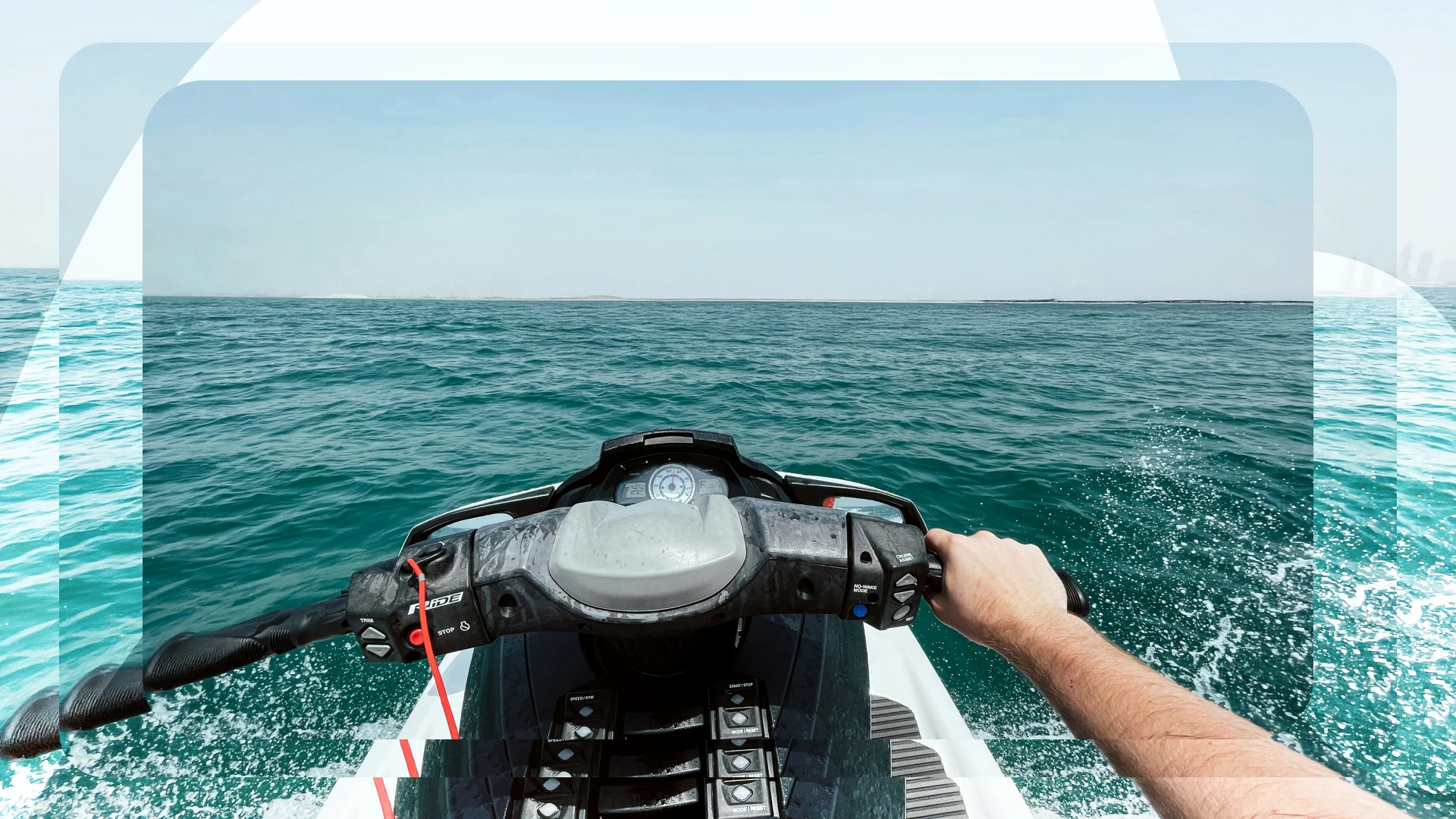













As electric technology expands from roadways to waterways, more boaters are exploring the benefits of electric boats and personal watercraft (PWC). Whether it’s a quiet cruise on a Duffy or a zippy ride on an electric jet ski, going electric comes with perks — but also specific insurance considerations.
If you’re thinking about switching to an electric model or already own one, here’s what you should know before you hit the water.
Most electric boats and PWC can be insured under standard small boat or PWC policies — just like their gas-powered counterparts. If you’re new to personal watercraft, it’s worth brushing up on the basics of what our PWC insurance typically covers so you know what to expect before requesting a quote. Popular models like Duffy electric boats are commonly covered, and in many cases, the insurance process is straightforward.
However, there’s one major exception that deserves attention: lithium-ion batteries.
Lithium batteries have become a go-to power source for electric boats and PWC because they’re lightweight, efficient, and charge quickly. But if not handled properly, they can become a serious fire hazard — and that directly affects your insurability.
When electric boat fires began making headlines a few years ago, many stemmed from improper lithium battery installations. The most common mistakes included:
These errors caused fires, explosions, and total losses — and understandably made insurance companies more cautious about how they underwrite electric watercraft. That’s true whether your vessel runs on gas, diesel, or batteries — the underwriting process for boat insurance is based on risk, and electrical fires are a major one.
If your electric boat or PWC uses lithium batteries, insurers typically require the following:
Without proof of professional installation, many carriers will decline coverage. And if a fire does occur and it’s traced back to improper installation, claims may be denied outright.
Even experienced boaters often underestimate the specific wiring, ventilation, and charging demands of lithium systems. It’s not the same as dropping in a new trolling motor battery.
In many cases, no — the insurance premium for an electric boat or PWC is similar to a comparable gas model, assuming proper safety measures are in place.
However, your rate may be influenced by:
Some insurers may request photos, battery specs, or installation receipts during underwriting.
This is especially true for high-value vessels where electric systems are more complex. If your boat leans toward luxury or custom build, take a look at how yacht insurance handles valuation, risk, and safety requirements.
If you decide to install a lithium battery on your own, even if you’re confident in your skills — your boat may not be insurable. Worse, if a fire or failure occurs, and it’s traced to a DIY job or a charger mismatch, your claim could be denied.
Remember, most policies have clear language about “approved installation” or manufacturer compliance. Violating these terms can void your coverage, even if you didn’t mean to cut corners.
Yes, most electric personal watercraft are insured under standard PWC policies — but lithium rules still apply. Whether it’s a custom electric jet ski or a newer model from a recognized brand, proper battery install and documentation are essential.
Like boats, electric PWC need:
If you live in a coastal area prone to hurricanes or storms, storage becomes even more important. Check out our guide to preparing your boat for hurricane season to help reduce weather-related risks.
Since PWC are often used more aggressively, battery containment and stability are even more important.
Electric boats and PWC are here to stay — and insurers are adapting to meet the demand. The key is responsible ownership and understanding that electric doesn’t always mean plug-and-play. Lithium batteries are powerful tools, but they need careful handling to be safe and insurable.
Want to know if your electric boat or PWC qualifies for coverage? We’ll help you review the setup and make sure your equipment meets industry standards.
You can also learn more about standard coverage, policy options, and what sets marine insurance apart in our boat insurance overview.
